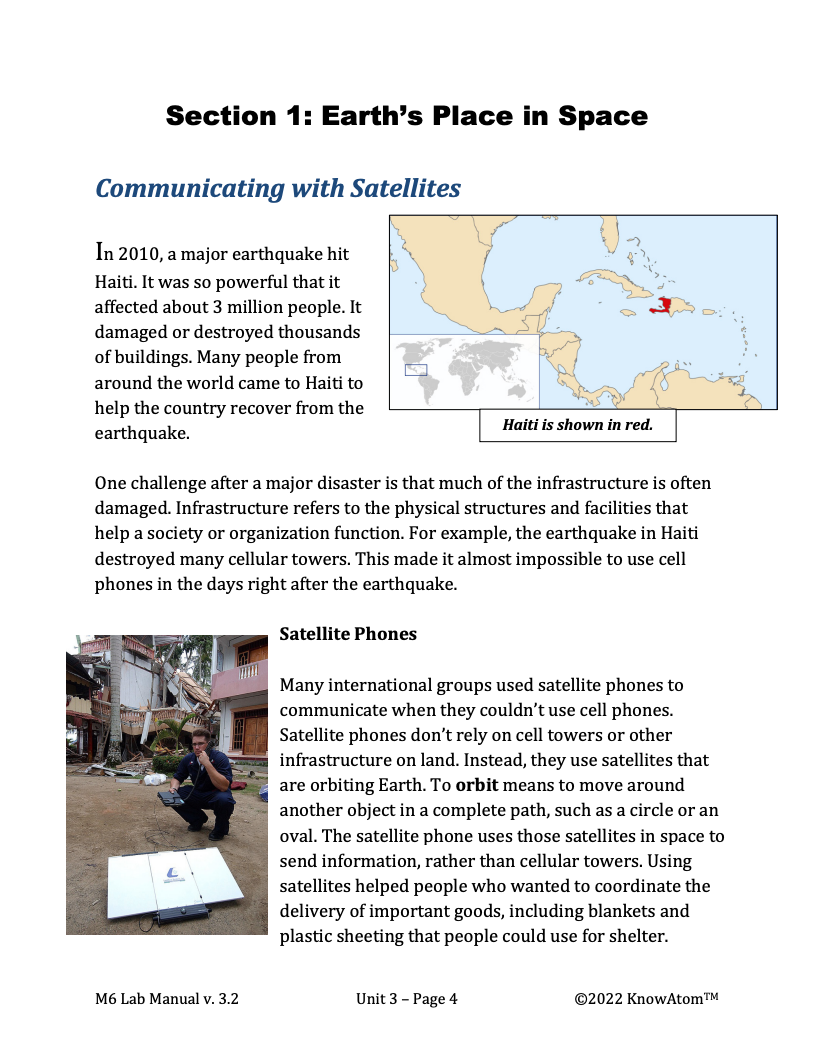
In this unit, students focus on the Earth-Sun-moon system to explore how gravity pulls objects including satellites into orbit. In this lesson, students engineer an insulating solution for a prototype satellite that minimizes the amount of thermal energy transferred into or out of it.
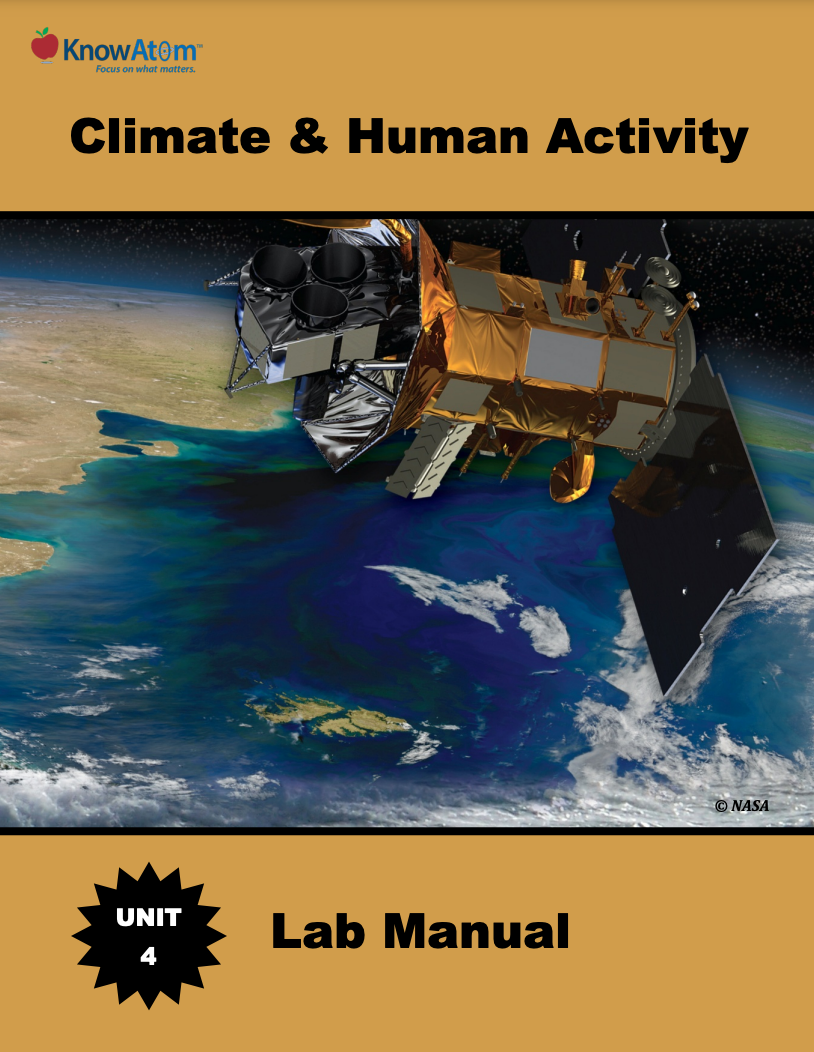
In this unit, students explore the science phenomena of matter, energy, and heat transfer to explore weather and climate. In this lesson they investigate how the sun powers the global water cycle, which in turn has very local impacts that affect regional climates around the world. This page is a high-level extract of this lesson.
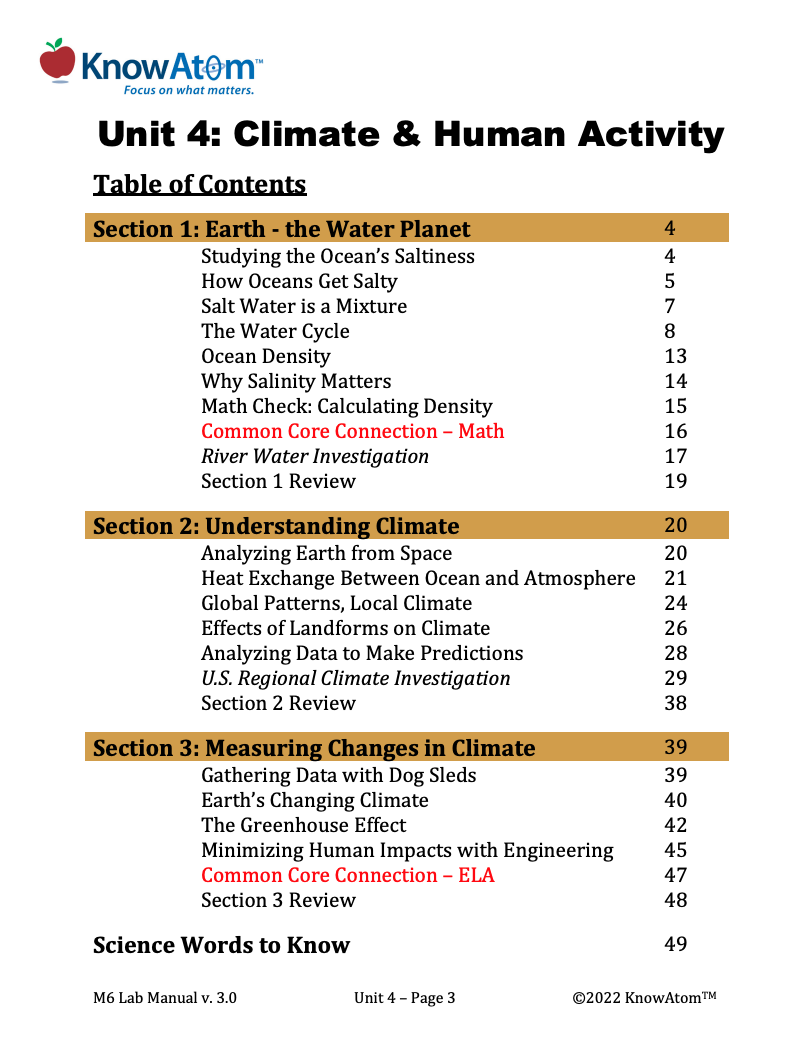
In this unit, students investigate the relationship between the water cycle, ocean salinity, weather, and climate. In this lesson, students explore ocean salinity and analyze how ocean density is related to its molecular structure. This page highlights key components of this lesson.
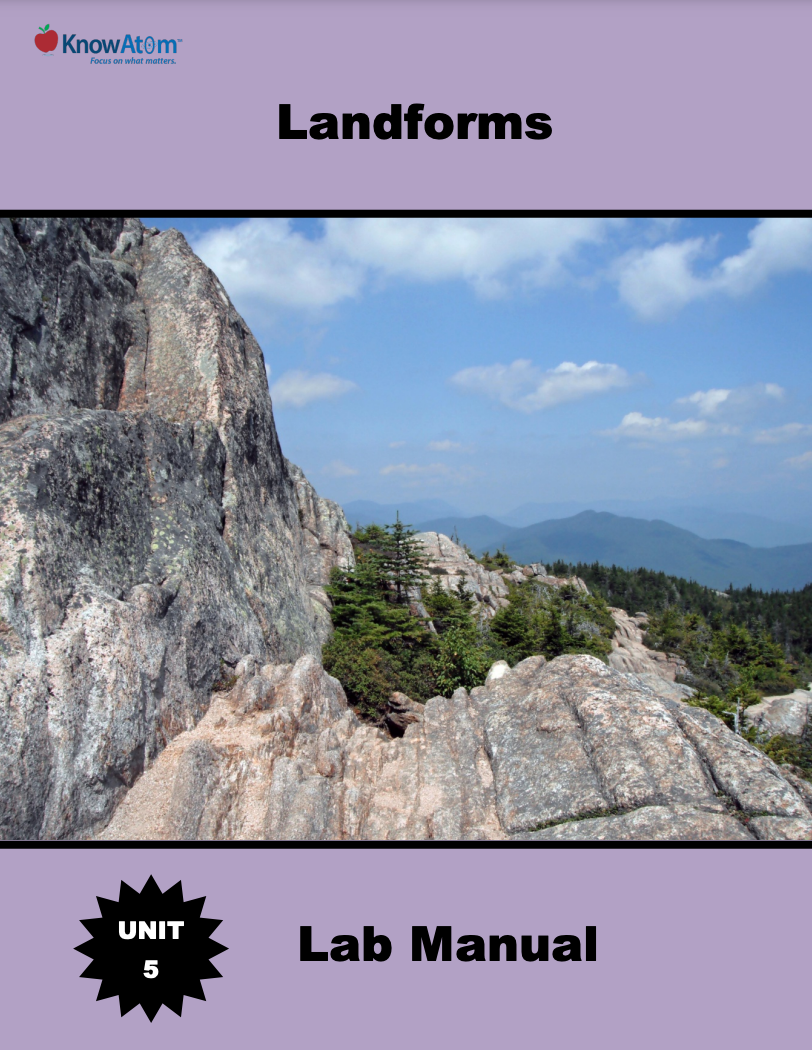
In this unit, students focus on the science phenomena of processes that change Earth’s surface over time. This lesson has students modeling how Earth’s landforms can be created and then broken down by weathering and erosion. This page is a high-level extract of this lesson.
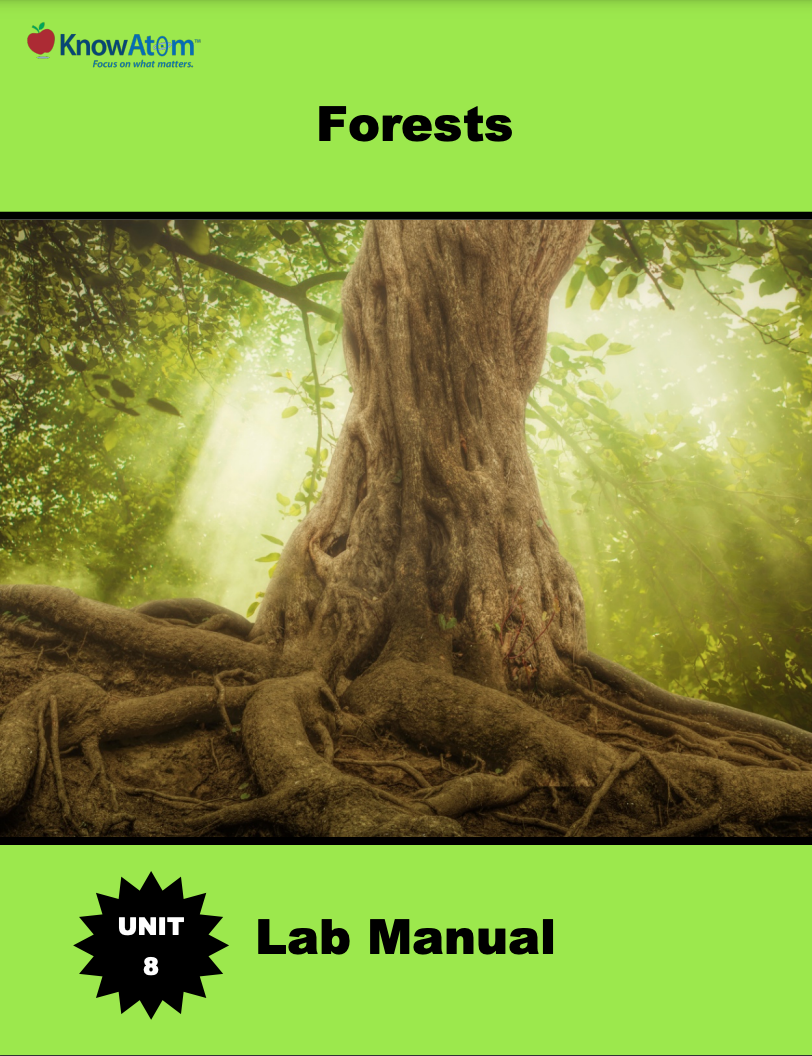
In this unit, students explore the phenomena of forest ecosystems, studying the science phenomena of interactions between living things and the environment. In this lesson, students investigate how plants carry out photosynthesis to convert the sun’s energy into a form of energy they can use to grow and develop. This page highlights key parts of this lesson.
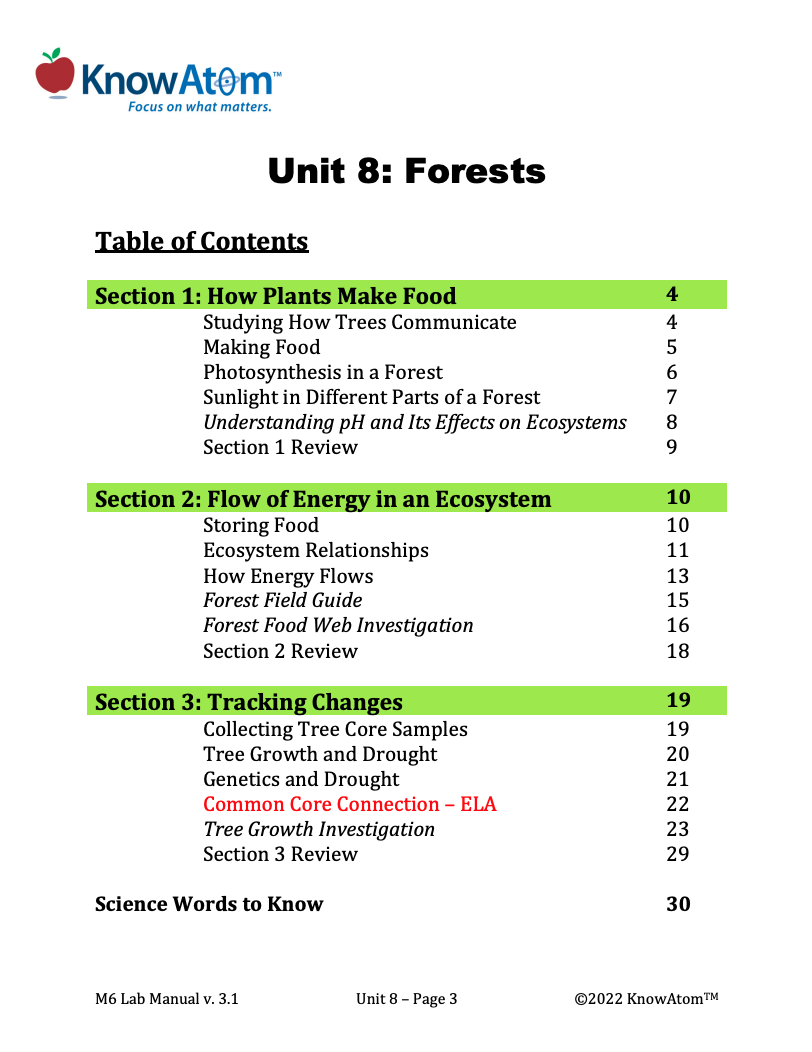
In this unit, students explore forest ecosystems, studying the science phenomena of interactions between living things and the environment. In this lesson, students build on their understanding of how energy affects the growth of organisms by exploring the phenomena of forest food webs, and analyzing how the phenomena of drought can have a ripple effect through the ecosystem. This page showcases all components of this lesson.
Standards citation: NGSS Lead States. 2013. Next Generation Science Standards: For States, By States. Washington, DC: The National Academies Press. Neither WestEd nor the lead states and partners that developed the Next Generation Science Standards were involved in the production of this product, and do not endorse it.
